Norway is a country in northern Europe. It is, in fact, the northernmost country in mainland Europe. As well as mainland Norway there are many islamds just off the
coast.
Norway is bordered by the North Sea.
The land is mountainous with deep valleys. Along the coast of Norway, there are many deep fjords. A fjord is a long, narrow inlet with steep sides or cliffs,
created by erosion after the last ice age. At least 20,000 kms of Norway's coastline is made up of fjords.
The geographical coordinates for the centre of Norway, also known as lines of latitude and longitude, are:-
Latitude - 62 00N
Longitude - 10 00E
The capital of Norway is Oslo.
Norway is a parliamentary constitutional monarchy which means that the Head of State is a King (or Queen) but the laws are decided by an elected parliament with
a prime minister as head of the government. The present King (2017) is Harold V who came to the throne in 1991. He is 79 years old. His son, Haakan, aged 43,
is heir to the throne.
In elections everyone over the age of 18 can vote.
The currency in Norway is the Norwegian Krone. In 1972 the Norwegian people voted against joining the European Union. In 1994 they again voted against joining.
Norwegian is the official language.
Check the weather in Oslo now.
This is the time in Oslo now








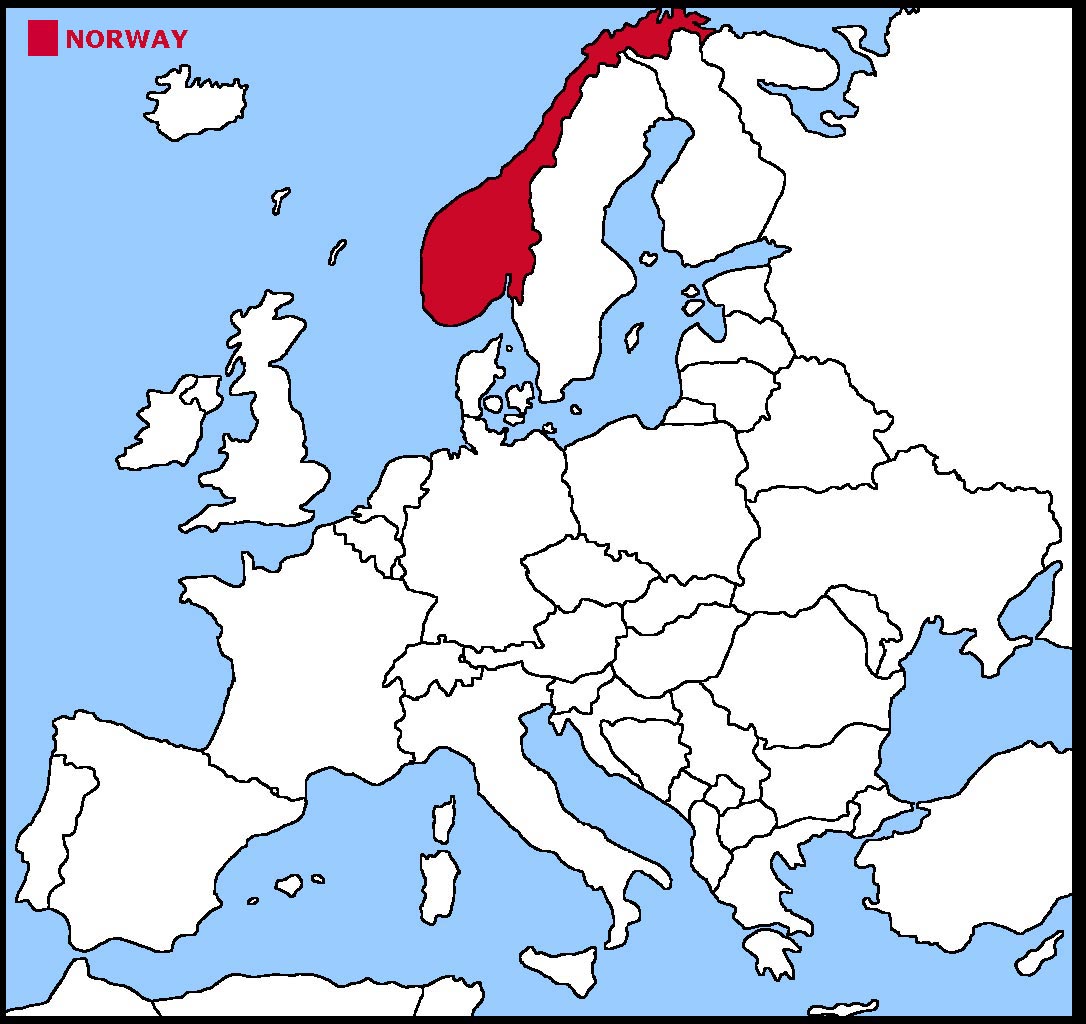

 The Norwegian flag is a blue cross
on a larger white cross on a red background. The crosses are moved toward the left of the flag, closer to the flagpole side. The colours combine
the red and white of the Danish flag and the blue of Sweden, two countries with which Norway has had a union.
The Norwegian flag is a blue cross
on a larger white cross on a red background. The crosses are moved toward the left of the flag, closer to the flagpole side. The colours combine
the red and white of the Danish flag and the blue of Sweden, two countries with which Norway has had a union.


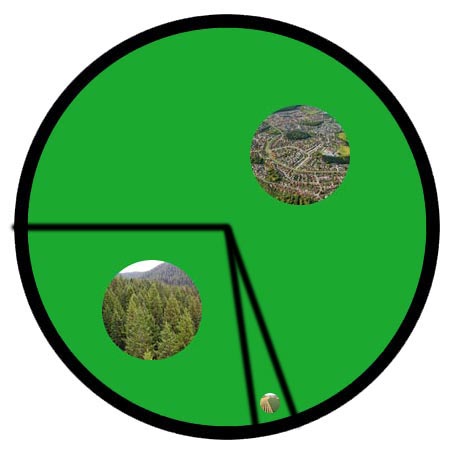

 Each little Owlbut is 1 person and
the big yellow rectangle is 1 sq km. After a while you can compare countries and see which ones are the most crowded. Remember it is only an average as
more people live closer together in towns and cities than in villages out in the country.
Each little Owlbut is 1 person and
the big yellow rectangle is 1 sq km. After a while you can compare countries and see which ones are the most crowded. Remember it is only an average as
more people live closer together in towns and cities than in villages out in the country.
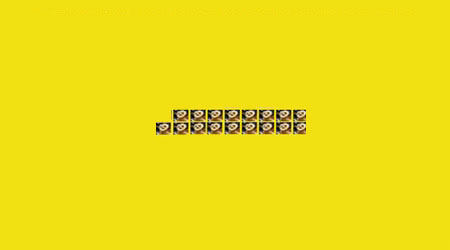

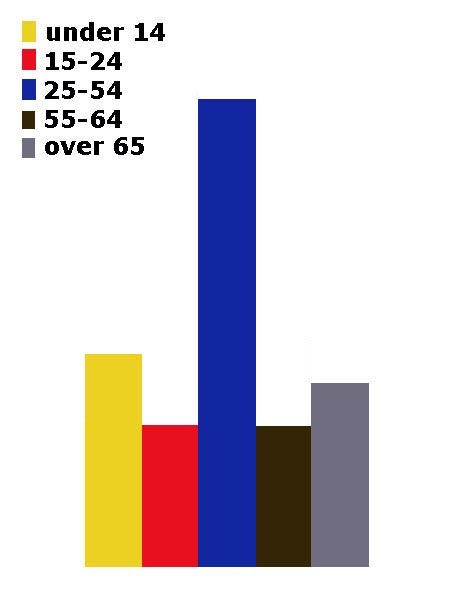
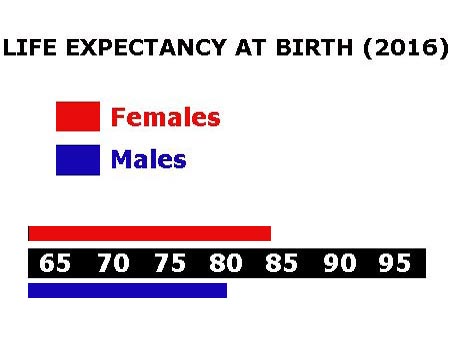

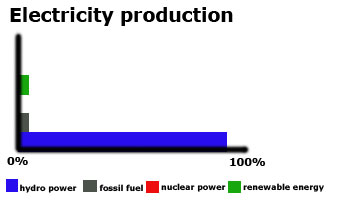

 They work in the following sectors.
They work in the following sectors.



